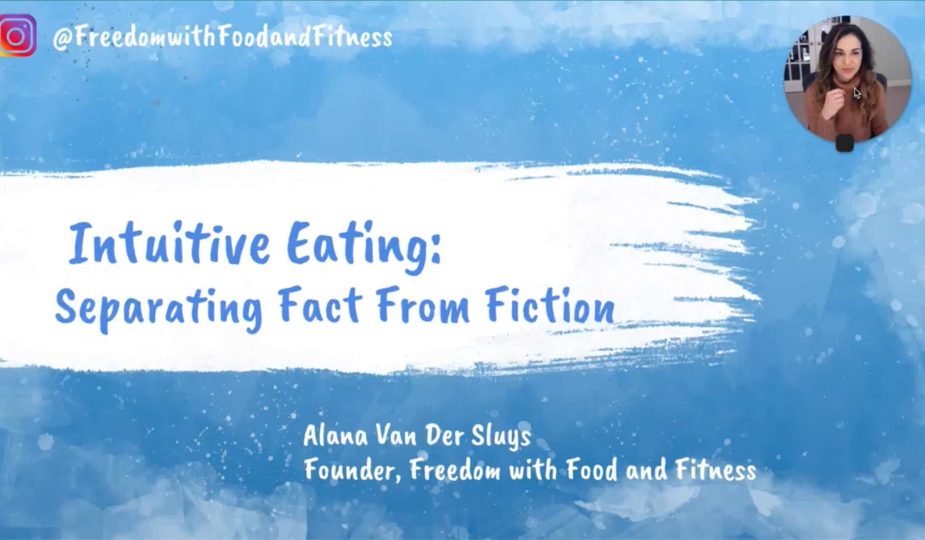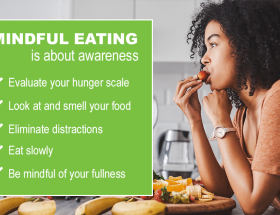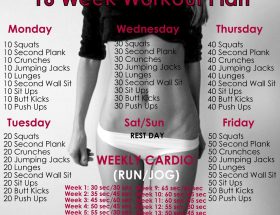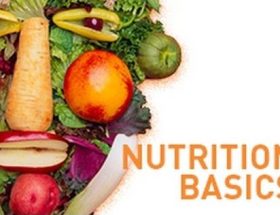Clean eating has gained popularity in recent years as a way to improve overall health and well-being. However, with all the information available, it can be difficult to decipher what is fact and what is fiction when it comes to clean eating. In this article, we will explore some common misconceptions and clarify the truth behind clean eating.
What is Clean Eating?
Before diving into the facts and fiction, let’s establish a clear understanding of what clean eating entails. Clean eating is a lifestyle approach that promotes consuming whole, unprocessed foods while avoiding or limiting the intake of processed and refined foods. It emphasizes the importance of choosing fresh fruits, vegetables, lean proteins, whole grains, and healthy fats.
The Fact: Nutrient-Rich Foods
A vital aspect of clean eating is the focus on nutrient-rich foods. Fresh fruits and vegetables are packed with vitamins, minerals, and antioxidants that are essential for a healthy body. Consuming these foods provides your body with the necessary nutrients to function optimally and bolster your immune system.
The Fiction: Extreme Dieting
One common misconception about clean eating is that it involves extreme dieting or severe food restrictions. This is not true. Clean eating is not about deprivation or restrictive eating plans. It encourages balance and moderation, allowing you to enjoy a wide variety of foods in appropriate portions.
The Fact: Avoiding Processed Foods
Clean eating emphasizes minimizing or eliminating processed foods from your diet. Processed foods are often high in added sugars, unhealthy fats, and artificial additives. By opting for whole, unprocessed foods, you reduce the intake of these harmful substances and provide your body with nourishing, natural ingredients.
The Fiction: Clean Eating is Expensive
Another misconception is that clean eating is expensive. While it’s true that some organic or specialty products can be pricier, clean eating can be affordable if you focus on fresh, local produce and bulk staples like grains, legumes, and proteins. Planning meals in advance and buying ingredients in season can also help reduce costs while maintaining a clean eating lifestyle.
The Fact: Mindful Eating
Clean eating promotes mindful eating by paying attention to hunger and fullness cues, savoring each bite, and choosing food consciously. By being present while eating and making mindful food choices, clean eating encourages a healthier relationship with food and can lead to better digestion and overall well-being.
The Fiction: Clean Eating Guarantees Weight Loss
Contrary to popular belief, clean eating does not guarantee weight loss. While it can be a part of a healthy weight management plan, many factors contribute to weight loss or gain, including genetics, physical activity, and overall calorie intake. Clean eating should not be solely viewed as a weight loss solution but rather as an approach to improve overall health.
The Fact: Hydration is Essential
Hydration is a crucial component of clean eating. Drinking an adequate amount of water throughout the day supports digestion, nutrient absorption, and overall bodily functions. It is recommended to drink at least 8 cups (64 ounces) of water daily to stay adequately hydrated.
The Fiction: Clean Eating Requires Perfection
It is important to understand that clean eating does not mean perfection. Striving for an 80/20 approach, where 80% of your food choices are clean, and allowing 20% for occasional indulgences, can help maintain a balanced lifestyle. The key is to focus on progress, not perfection, and make sustainable changes that work for you.
Conclusion
Separating fact from fiction is crucial when it comes to clean eating. Understanding the principles, such as consuming nutrient-rich foods, avoiding processed foods, practicing mindful eating, and staying hydrated, will help you embark on a cleaner, healthier lifestyle. Remember, it’s about making sustainable choices that work for you, rather than adhering to strict rules or restrictions.









